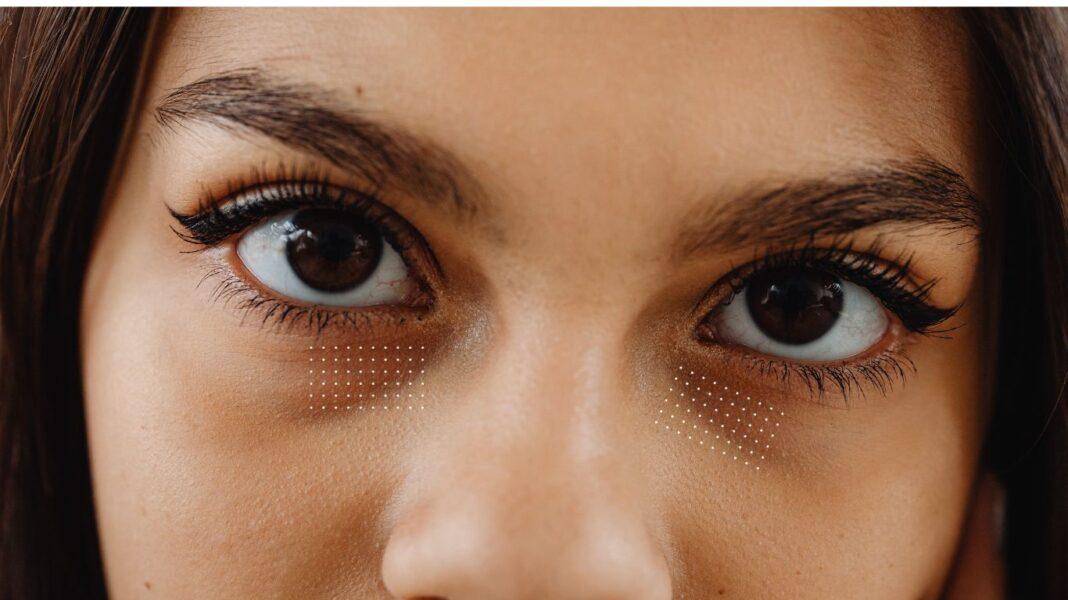Milialar, a common skin condition, affects a significant number of individuals worldwide. It is characterized by the presence of small, white bumps on the skin, often appearing on the face. These bumps, known as milia, are caused by the buildup of dead skin cells and sebum in the pores. While milia is generally harmless, it can be a source of frustration for those seeking a clear complexion. In this comprehensive analysis, we will delve into the impact of milialar on the skin, explore its causes, and discuss effective blemish control strategies.
Understanding Milialar
Before we delve into the impact of milialar, it’s important to understand what it is. Milialar, or milia, are small, white bumps that appear on the skin. They are typically 1-2 millimeters in size and are most commonly found on the face, particularly around the eyes and cheeks. Milia are filled with keratin, a type of protein found in the skin, hair, and nails. They form when dead skin cells and sebum, an oily substance produced by the skin, become trapped in the pores.
The Causes of Milialar
There are several factors that can contribute to the development of milia. One common cause is excessive sun exposure, which can lead to the thickening of the skin and the clogging of pores. The sun’s harmful UV rays can cause the skin to produce more keratin, which can then become trapped in the pores and form milia.
Other factors include the use of heavy skincare products, such as moisturizers and creams, which can also contribute to pore blockage. These products can leave a residue on the skin that can clog pores and lead to the formation of milia. Additionally, certain skin conditions, such as rosacea and blistering disorders, can also increase the risk of developing milia.
The Impact on the Skin
While milia is generally harmless, it can have a significant impact on the appearance of the skin. The presence of these small, white bumps can make the skin appear uneven and blemished. This can be particularly frustrating for individuals who strive for a clear complexion.
Milia can also be more noticeable on individuals with darker skin tones, further exacerbating the issue. The contrast between the white bumps and the darker skin can make the milia more prominent. This can lead to feelings of self-consciousness and can negatively impact an individual’s self-esteem.
Blemish Control Strategies
Fortunately, there are several effective strategies for managing milia and achieving a clear complexion. One of the most important steps is to maintain a consistent skincare routine. This includes cleansing the skin twice a day with a gentle cleanser to remove dirt, oil, and dead skin cells.
Exfoliation is also crucial in preventing the buildup of dead skin cells. However, it is important to use gentle exfoliants to avoid irritating the skin. Over-exfoliation can lead to skin irritation and can actually exacerbate the problem by causing the skin to produce more sebum.
In addition to a regular skincare routine, there are specific ingredients that can help control milia. Retinoids, such as retinol, are known for their ability to promote cell turnover and prevent the clogging of pores. These ingredients can be found in various skincare products, including serums and creams. However, it is important to start with a low concentration and gradually increase to avoid skin irritation.
Another effective strategy for managing milia is to avoid using heavy skincare products. These products can contribute to pore blockage and the formation of milia. Instead, opt for lightweight, non-comedogenic products that are specifically formulated for blemish-prone skin. These products are less likely to clog pores and can help maintain a clear complexion.
Seeking Professional Help
In some cases, milia may persist despite diligent skincare efforts. If this is the case, it may be beneficial to seek professional help. A dermatologist can provide a comprehensive analysis of the skin and recommend appropriate treatment options.
These may include procedures such as microdermabrasion or chemical peels, which can help remove the buildup of dead skin cells and promote a clear complexion. Microdermabrasion involves the use of tiny crystals to exfoliate the skin, while chemical peels involve the application of a chemical solution to the skin to remove the outer layers.
It’s important to note that these procedures should only be performed by a trained professional. Attempting to remove milia at home can lead to skin damage and infection.
Conclusion
Milia can be a frustrating skin condition, but with the right strategies, it is possible to achieve a clear complexion. By understanding the causes of milia and implementing effective blemish control strategies, individuals can minimize the impact of milialar on their skin.
Remember to maintain a consistent skincare routine, use gentle exfoliants, and opt for lightweight, non-comedogenic products. And if milia persists, don’t hesitate to seek professional help. With patience and persistence, a clear complexion is within reach.
In conclusion, while milialar can be a challenging skin condition to manage, it is not insurmountable. With the right knowledge and tools, individuals can effectively manage their skin and achieve a clear, healthy complexion.



